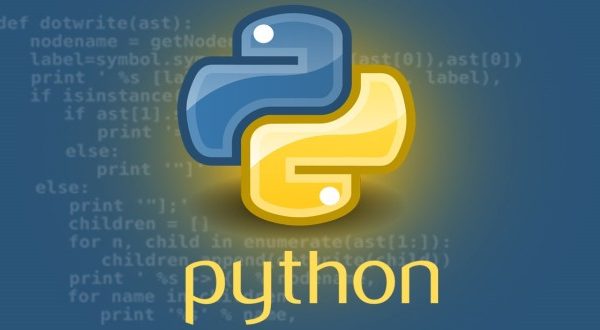Spelling Correction in Python with TextBlob
Introduction Spelling mistakes are common, and most people are used to software indicating if a mistake was made. From autocorrect on our phones, to red underlining in text editors, spell checking is an essential feature for many different products. The first program to implement spell checking was written in 1971 for the DEC PDP-10. Called SPELL, it was capable of performing only simple comparisons of words and detecting one or two letter differences. As hardware and software advanced, so have […]
Read more